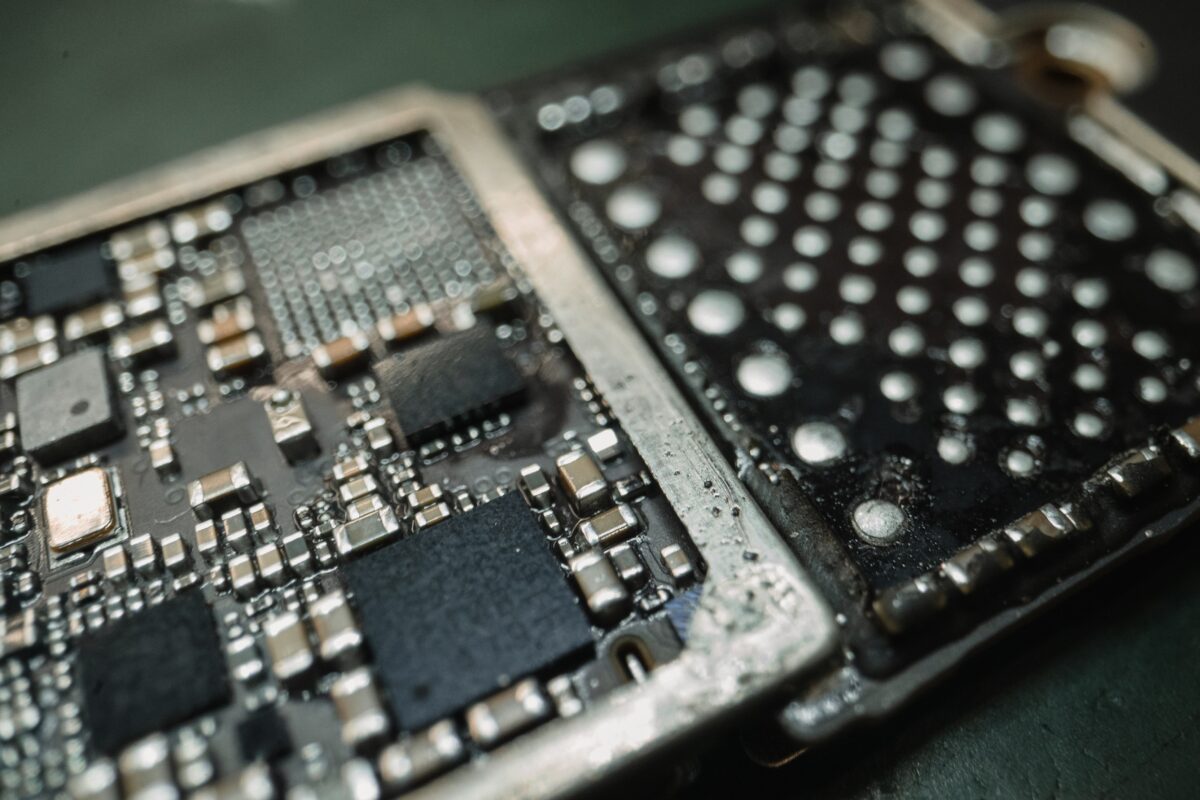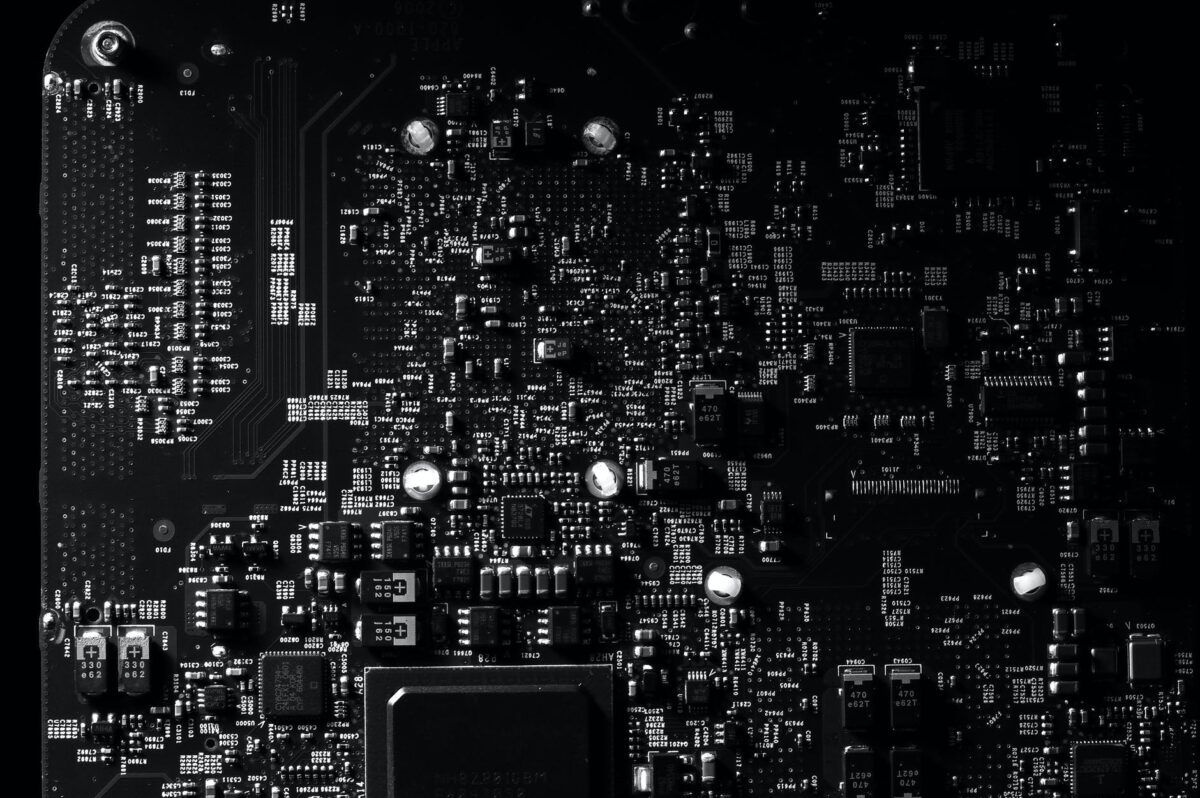Electronic component market to see continued growth by 2027
The electronic component market is set to see continued growth over the next five years, with projections estimating greater demand than ever.
Several forecasts have converged with the same conclusion; demand for components is set to rocket as the world adopts more advanced technologies.
This article will explore the latest research papers and market analysis from reputable sources. We will also explore why the demand for electronic components is set to soar and the supply chain’s challenges.
Global components market
The market analysis covered by Market Watch predicts that the global electronic components market will reach USD 600.31 billion by 2027, from USD 400.51 billion in 2020, a compound annual growth rate of 4.7% from 2021.
Active components market
Another market report, this time looking at active electronic components, predicts the active electronic components market will reach USD 519 billion by 2027 (£380bn pounds, converted 12/01/22), a CAGR of 4.82% from 2021.
Passive and interconnecting components market
According to 360 Research Reports, the passive and interconnecting electronic components market is projected to reach USD 35.89 billion in 2027, up from USD 28.79 billion in 2020, a compound annual growth rate of 3.2% from 2021.
Semiconductor wafer market
According to Research and Markets, the global semiconductor wafer market is predicted to reach USD 22.03 billion by 2027, rising at a market growth of 4.6% CAGR during the forecast period starting from 2021.
Dynamic Random Access Memory (DRAM) market
Market Reports World predicts the global DRAM market will see extreme growth, growing at a CAGR of 9.86% between 2021 and 2027. The market was valued at USD 636.53 million in 2021 and will grow to nearly USD 700 million by 2027.
Why is component demand set to increase so much?
The world is undergoing an extreme technological transformation that began with the first computers. Today, electronics are everywhere, and they are becoming ever more intricate and complex, requiring more and more components.
Several technologies are converging, including semi-autonomous and electric vehicles, automation and robotics, 5G and internet upgrades, consumer electronics, and smart home appliances like EV chargers and hubs.
This is a global transformation, from your house to the edge of the earth. Electronic components are seeing unprecedented demand because smarter, more capable devices are required to power the future.
What challenges does the supply chain face?
The two biggest challenges are shortages and obsolescence.
Shortages are already impacting supply chains, with shortages of semiconductors, memory, actives, passives, and interconnecting components.
As demand increases, supply will struggle to keep up. It will be the job of electronic components suppliers like Lantek and electronic component manufacturers to keep supply chains moving while demanding increases.
Obsolescence refers to electronic components becoming obsolete. While some electronic components have lifespans of decades, others are replaced within a few years, which puts pressure on the supply chain from top to bottom. Email your inquiries to us today at sales@lantekcorp.com. Our specialized team is here to help.
In any case, the future is exciting, and the electronic components market will tick along as it always does. We’ll be here to keep oiling the machine.


